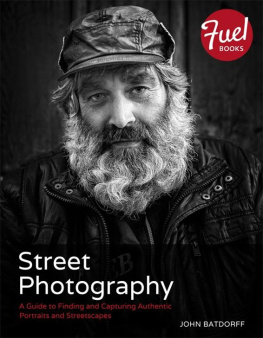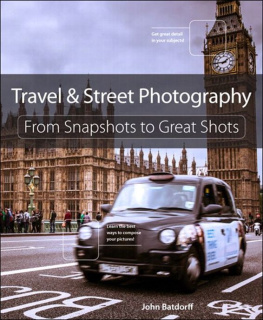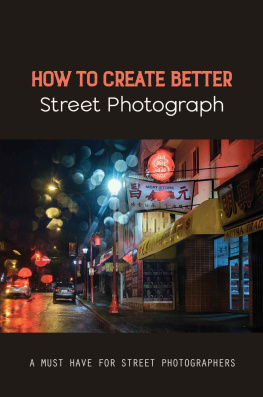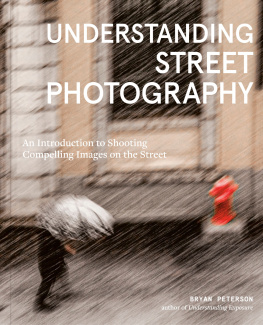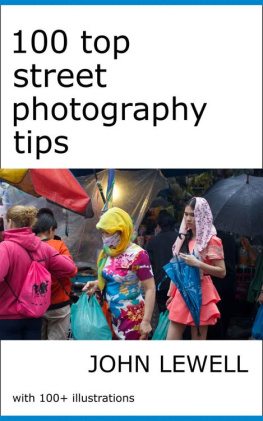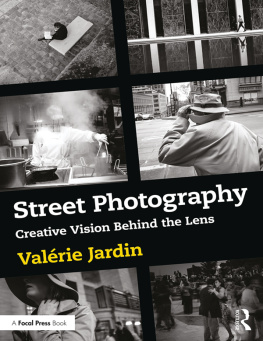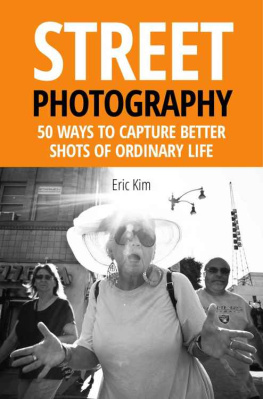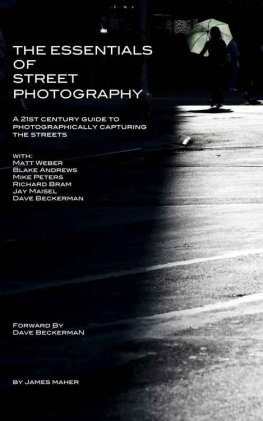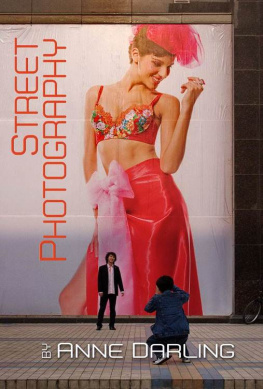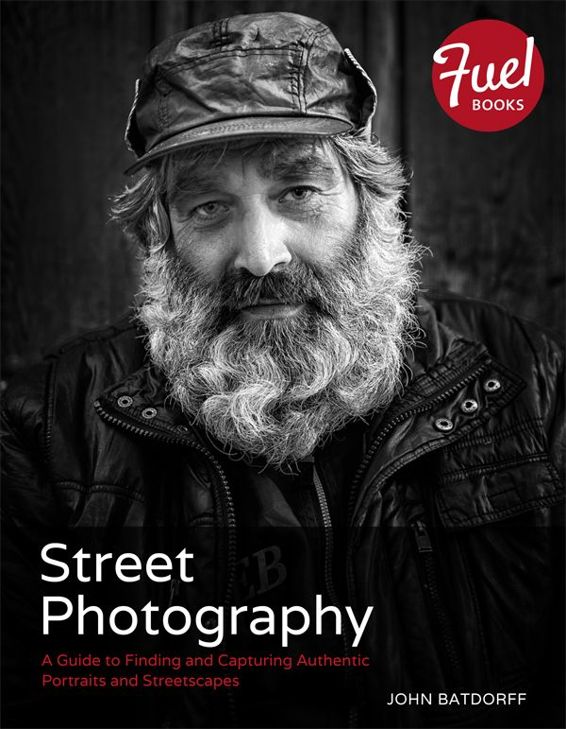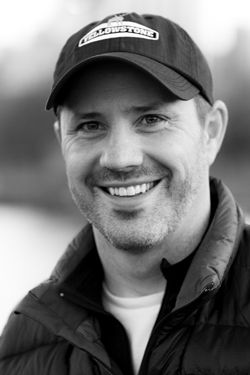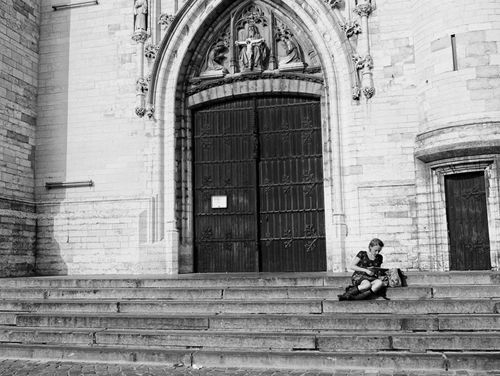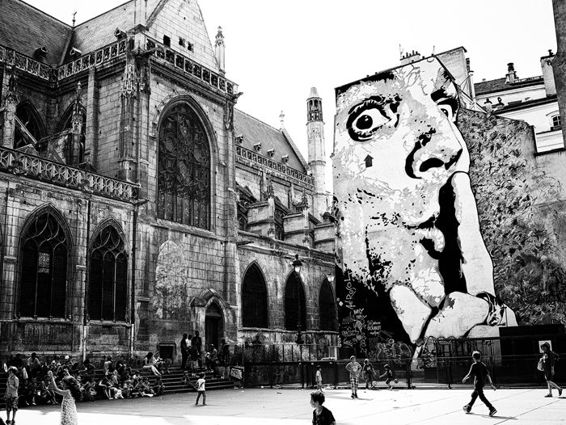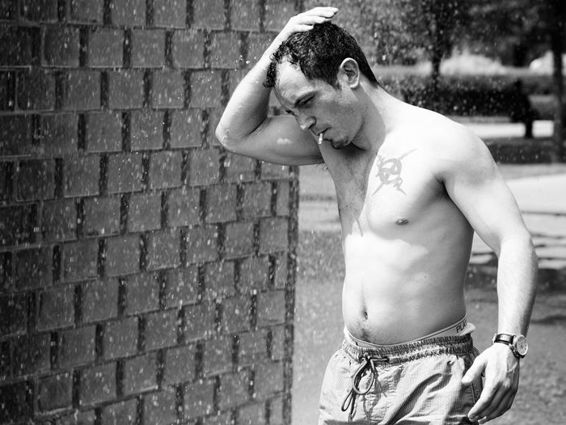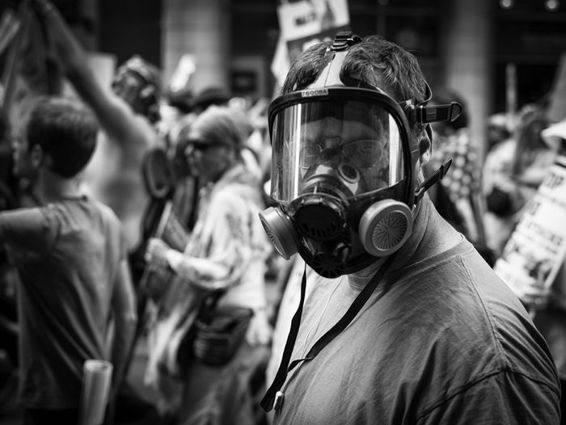The very first step in street photography is to practice becoming hyperaware of your surroundings by thinking of yourself as a detective or key witness. I know it sounds silly but the goal is to be the best at noticing the details. Even the small ones. What a person is wearing, the surrounding architecture, the way traffic is moving, how people are interacting, if the weather is about to change... All of these observations represent opportunities! I have yet to meet an absent-minded professor type who takes great street photos. Street photographers are acutely aware of their environment, and they leverage these observations to make their commentary.
People in Public
There are a lot of misconceptions about what exactly street photography is, so I thought I would spend a little time defining the genre and reviewing the history of what has become a very popular and widely debated style of photography.
By its purest definition, street photography is the photography of people in candid situations in public settings. In the most rigid form of the definition, the emphasis is placed on the word candid, meaning without the subjects knowledge. This is important because purists will argue that once the subject is aware of your presence, then it no longer can be truly candidthus it is not street photography. So what is it when a subject is well aware of your presence, if not street photography? Many would argue that its a form of documentary photography, which Ill explain further in the next few pages.
Another misconception is that all street photography needs to be taken in the streets, which truly is not the case. Street photography needs to be taken in a public area or space, which is what the word street implies, but theres no need to limit yourself strictly to images literally from the streets.
A documentary photographers emphasis is placed on recording history and telling a story, while a street photographers emphasis is placed on capturing candid moments with no agenda other than getting the shot. I recognize that this seems like semantics, and Ill be the first to agree with you, but a photographers intention truly defines this distinction. In its truest form, it might be safe to say a street photographer is the ultimate creative narcissist, obsessed with getting the shot, void of historical reverence, but instead fixated on capturing a fleeting moment anchored in a well-composed frame. The documentary photographers purpose is centered on the story and recording a specific time and place. The ultimate goal of documentary photography is to communicate a story via images. Many times a documentary photographer will dedicate extended periods of time to one subject matter to create a cohesive statement and record of history. This style of photography often overlaps with photojournalism photographers, who are driven to cover current events.
Tip
Defining the subtle differences between street photography and documentary photography lies within the intent of the message.
Now, I know what youre thinking. It makes it sound as though street photographers dont care about current events, social issues, or history. Thats not entirely the case, and as I pointed out earlier we are really squabbling over semantics on this matter. The practical application of street photography often becomes quite blurry as an individuals creative compass butts heads with the rigors of an ideal.
For me personally, street photography is always about people and trying to capture them in authentic and candid moments. My background is in newspapers and I have a long history of shooting images for our small town paper. At times its hard for me to completely separate what is perceived as photojournalism and street photography. However, I do my best to compartmentalize the two practices, and I think the best anyone can ask of you as a photographer is to be yourself. Authenticity is the benchmark, and compelling content is the goal.
Lets move on and quickly look at the history of street photography. This is not meant to be a complete guide but simply a little background on how it all got started.
A candid moment photographed in Millennium Park on the way to covering a NATO demonstration. (Chicago)
ISO 125, 50mm, f/2.8, 1/1000 sec.
This is a classic example of a journalistic image while covering a NATO demonstration. (Chicago)
ISO 200, 50mm, f/3.5, 1/200 sec.
History of Street Photography
1800s
Many historians will argue about the origin of street photography, but it is widely believed that Scottish photographer John Thomason was one of the first travel photographers in the mid-1800s. Later he became one of the first street photographers dedicated to capturing life of the London streets. He spent a good deal of his life capturing street dwellers, as they were called, and sharing those images in a monthly publication,

